
Table of Contents
Batteries are an essential part of our lives, powering everything from our phones and laptops, to our cars and homes. But have you ever wondered how batteries actually work and how they are charged? In this article, we will explore the science behind battery chemistry and charging in a way that’s easy to understand.
Battery Chemistry: The Basics
Before we dive into the charging process, let’s first take a quick look at battery chemistry. Batteries are electrochemical devices that convert chemical energy into electrical energy. When a battery is turned on, a chemical reaction starts inside the battery, producing a stream of positively charged particles called ions and negatively charged electrons. As these particles move around, it creates a flow of electricity and thus, electrical energy is now generated.
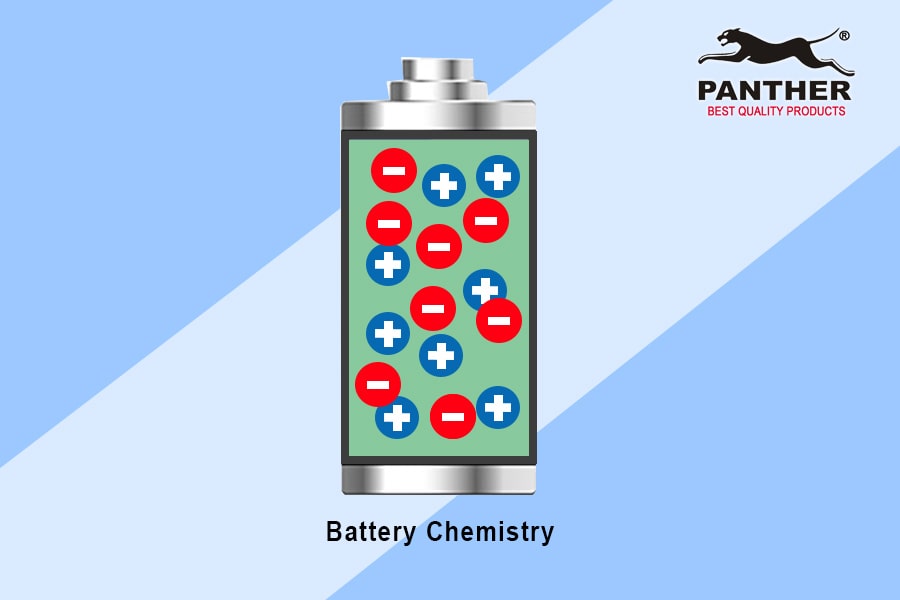
Different Battery Chemistries
There are several different types of batteries, each with their own unique chemistry and charging characteristics. The two most common types today are lead-acid batteries and lithium-ion batteries.
Lead-acid batteries
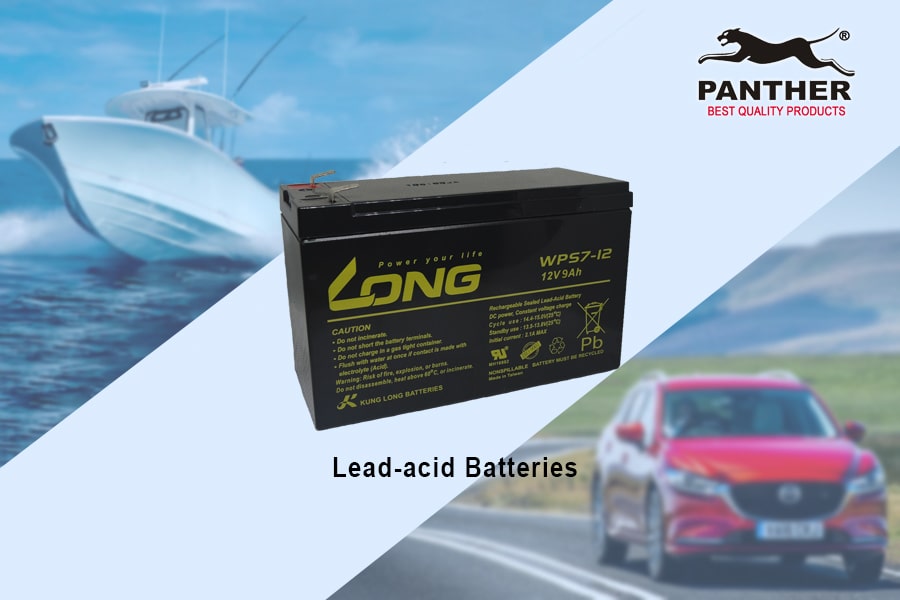
- Common usage: Cars, boats, and other vehicles
- Rechargeable? Yes
- How do they work? Lead acid batteries work by converting lead and lead oxide into lead sulfate and water when discharged. When charged, this process is reversed
- What are the advantages and disadvantages of lead-acid batteries? Lead is a good conductor of electricity which makes it a good battery base, however lead acid batteries are highly corrosive. When lead sulfate is produced, these can eat away at the battery’s terminals and result in the battery losing its ability to charge, unless these sulphates are regularly removed. This is why certain battery chargers like the Panther’s Automatic Battery Chargers have a desulphation stage, which breaks down sulphation that has occurred, before beginning the battery charging process
Lithium-ion batteries
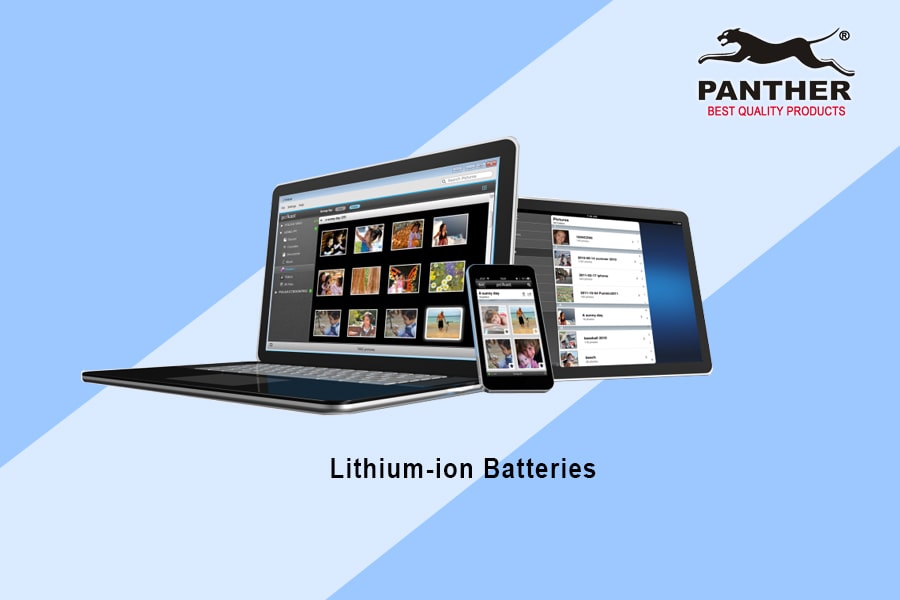
- Common usage: Phones, laptops, electric vehicles, other portable devices
- Rechargeable? Yes
- How do they work? Lithium-ion batteries work by moving lithium ions between the anode and cathode during charging and discharging.
- What are the advantages and disadvantages of lithium-ion batteries? Lithium-ion batteries are lightweight, have high energy density and low self-discharge rate. This allows them to store a large amount of energy in a small package and retain said energy for a long time when not in use. However, given all these advantages, lithium-ion batteries are also more expensive to produce.
The Charging Process: How Batteries Get Charged
Now that we have an understanding of the basic chemistry behind batteries, let’s take a closer look at the charging process. Charging a battery involves reversing the chemical reactions that occur during the discharge.

There are several stages involved in the charging process, which can vary depending on the type of battery being charged. However, here are most common basic steps:
- Constant Current Charging: This stage involves supplying a constant current to the battery until it reaches a certain voltage. The goal is to bring the battery to about 70-80% of its capacity.
- Constant Voltage Charging: In this stage, the charging voltage is kept constant while the charging current decreases. The goal is to bring the battery to 100% of its capacity.
- Float Charging: Once the battery is fully charged, the charging voltage is reduced to a lower level to maintain the battery’s charge level without overcharging it. Float charging is often used in applications where the battery is always connected to a power source, such as in backup power systems
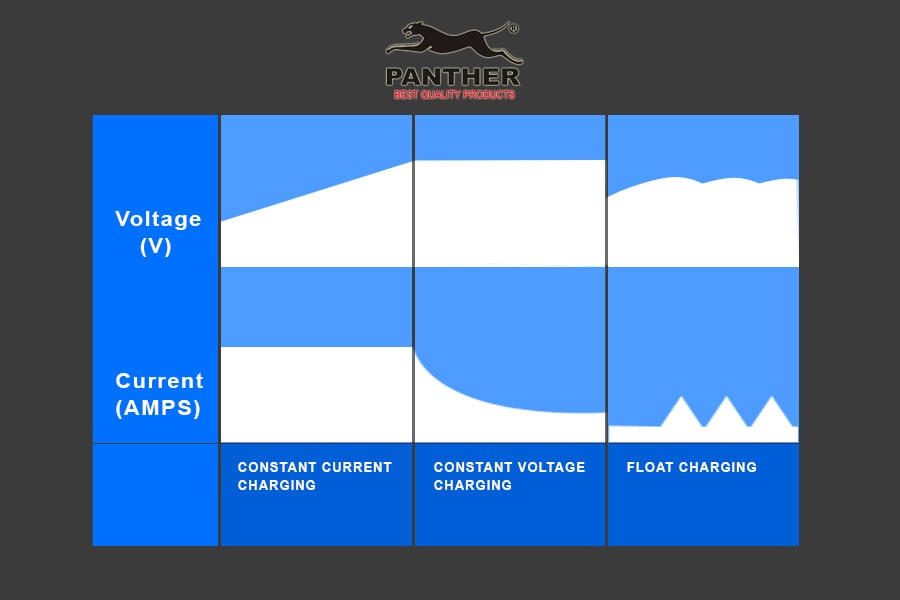
It’s important to note that overcharging a battery can cause damage and reduce its lifespan. That’s why multi-stage and smart chargers are designed to prevent overcharging by using smart charging algorithms that monitor the battery’s voltage and current levels. An example of this in the Philippine market would be the Panther Automatic Battery Chargers, which are capable of sensing the battery’s condition and adjust the voltage and current being supplied accordingly, to ensure your battery remains in the best condition.
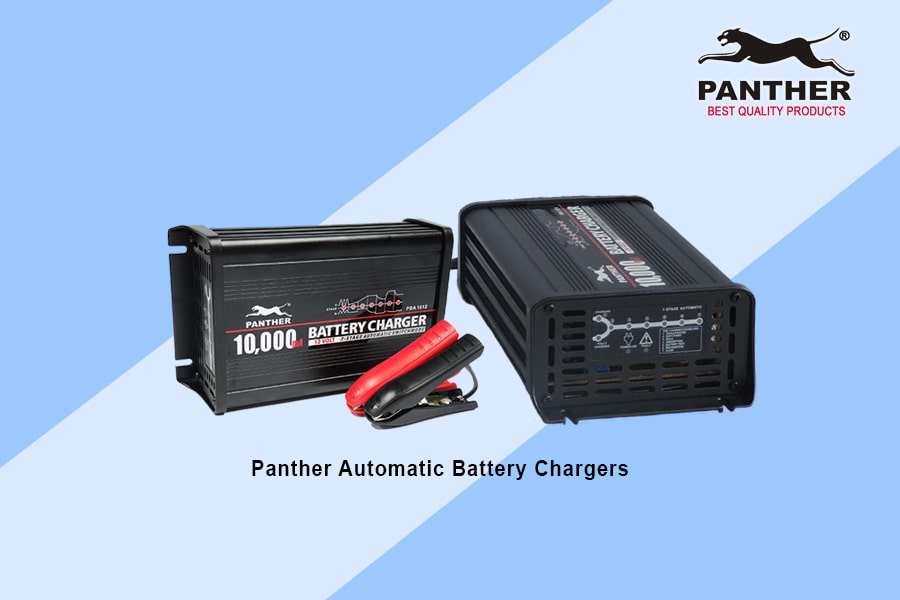
We hope this article helped you better understand battery chemistry and how battery charging works so you’re able to make the most out of your battery-powered devices by ensuring your batteries are charged safely and efficiently.
Interested in purchasing Panther Battery Chargers?
Panther is proud to be known as a trusted battery charger manufacturer and supplier in the Philippines for decades. You can check out our available battery charger models through this link
To make it even easier for you to find the Battery Charger you’re looking for, we’ve subdivided our battery charger models even further for you:
Still Have Questions?
Reading this article should help you better understand the basics of battery chemistry and how the charging process works
If you still have questions, feel free to drop a comment below or email us at pantherproduct@gmail.com

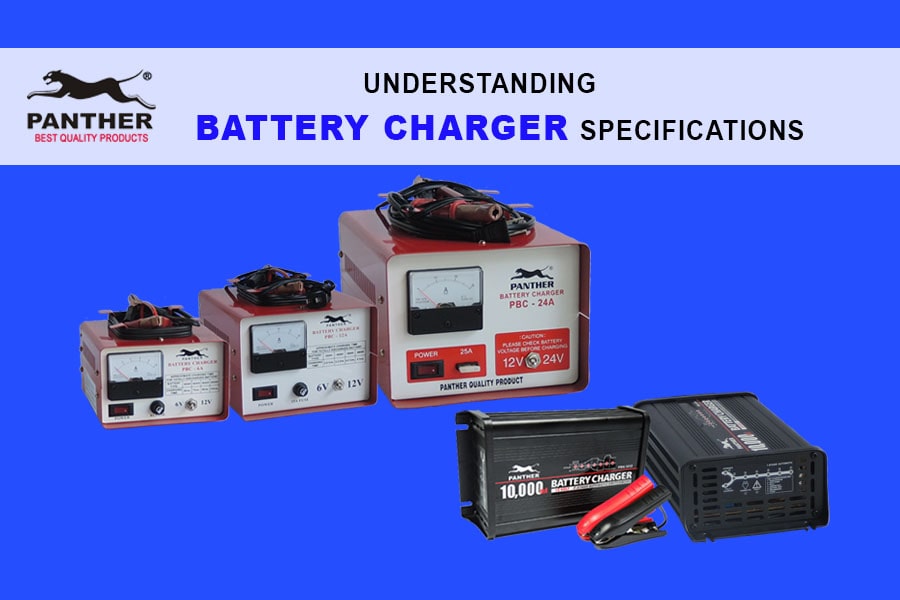

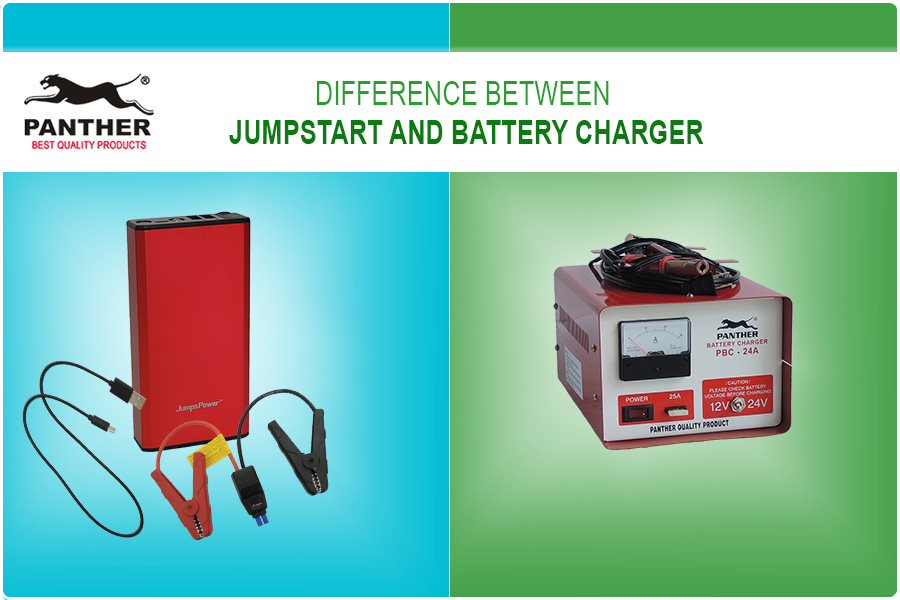
0 Comments